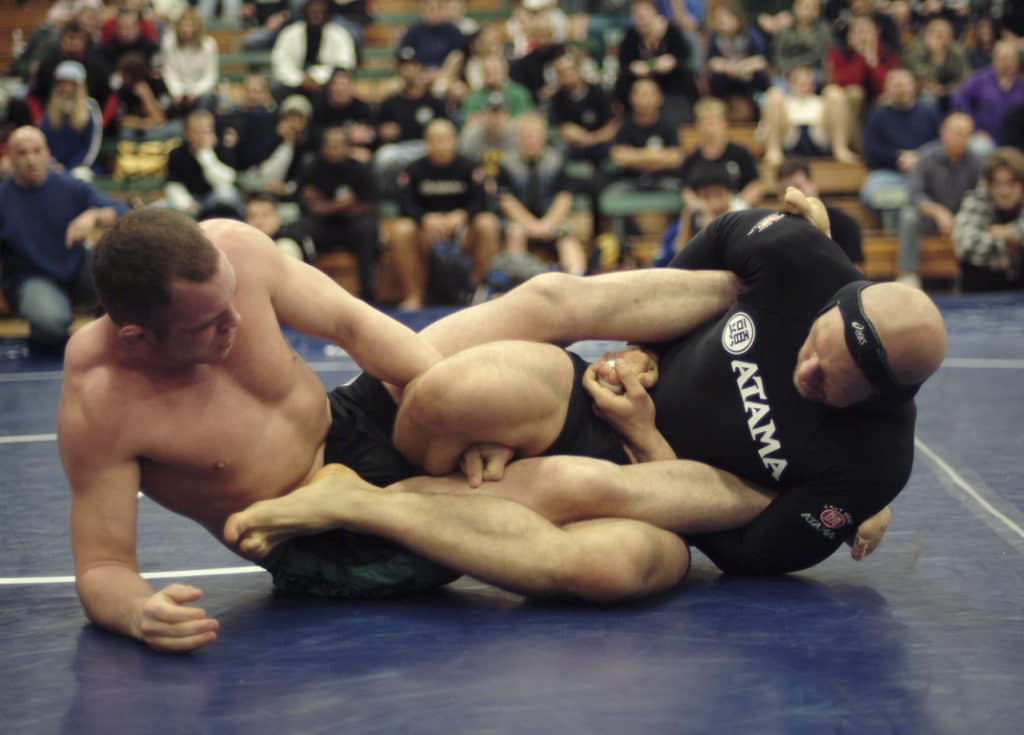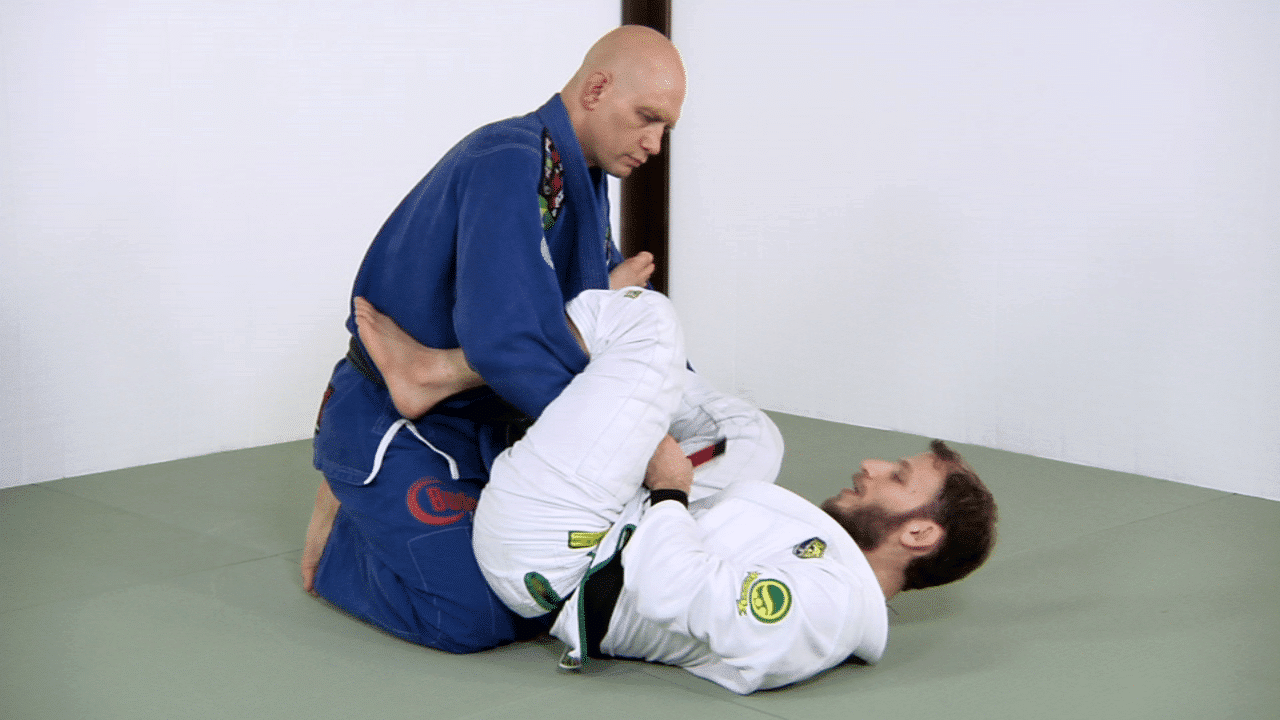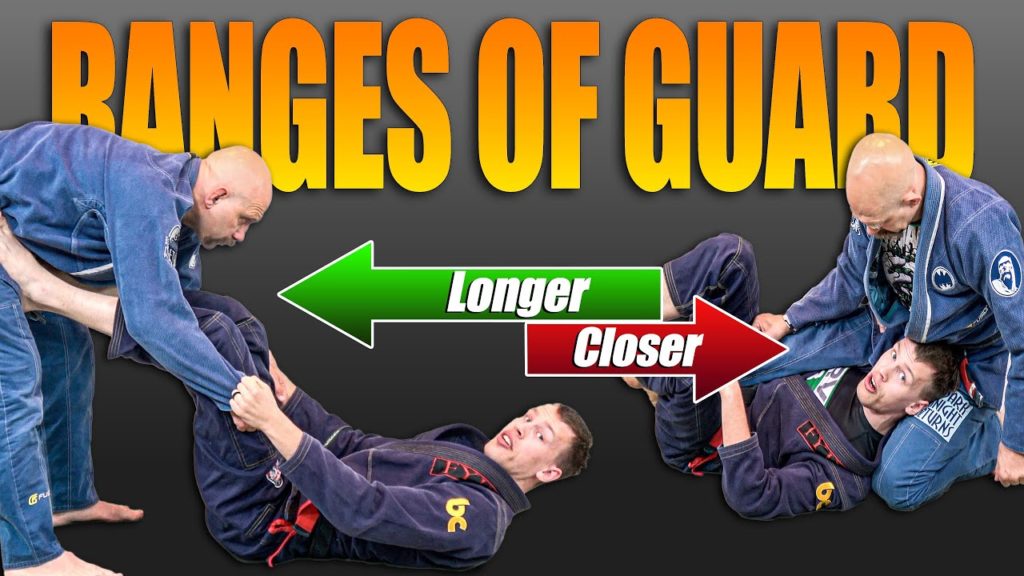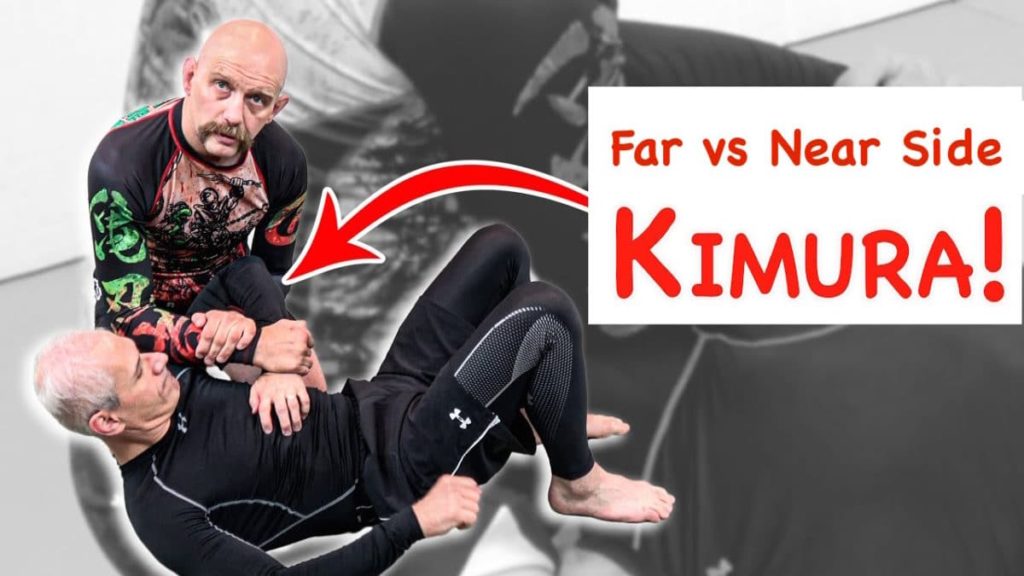Optimal Competition Strategy
There’s an old saying that goes…
“Don’t do what’s best for you. Instead do what’s worst for your opponent.”
There’s a lot of truth there. In a competition your odds of victory go way up if you can prevent your opponent doing the things that he is best at.
Back in the day I once competed against MMA fighter Chris Leben in a submission grappling competition.
Normally I liked to start my matches on the feet and fight for the takedown; thanks to years of Judo my takedowns were pretty decent at the time.
But I knew that Chris trained at Team Quest with some very high level wrestlers like Randy Couture and Matt Lidland, which meant there was a pretty good chance that his takedowns were better than mine.
So instead of locking up on the feet like I normally did I immediately pulled guard and swept him.
It was a very close battle that went back and forth a number of times. Luckily I ended up winning both the match and the tournament.
However if he had gotten the first takedown I’m pretty sure it would’ve gone the other way and I’d have one less medal in my closet.
The bottom line is that I won because I did what I thought was worst for him.

Leglock battle with Chris Leben
That match with Chris is a good example of doing what’s worst for your opponent.
If you wanted to formulate it into a rule then it might look like this: “If the other guy is a really good wrestler or judoka then pull guard immediately.”
Let’s look at some other examples…
- If he really likes leglocks then play butterfly guard with your hooks inside his legs,
- If he has great cardio then tie him up slow his pace down and make it a technical game,
- If he’s strong then speed up the pace to tire him out,
- If you’re competing with the gi but the other guy has mostly trained in no-gi then tie him up with weird grips and lapel grips every chance you get,
- If he’s really good at guard passing then stand up from guard and get back to your feet at the every opportunity,
- And so on.
You get the idea…
I hope you can see that this is good competition advice, but in training you might want to do the exact opposite.
Let’s explore that idea a little bit…
You can read the rest of the article below, stream the audio format of it here, or listen to it as episode 254 of The Strenuous Life Podcast on Apple Podcasts, Google Podcasts, Spotify or Stitcher.
Optimal Sparring Strategy
Rolling in training is different from rolling in competition.
In training, during sparring, you actually WANT to spend at least some time in your sparring partner’s strongest areas.
This way you can get the highest quality training possible.
This is especially true if you’re bigger or better than the other guy. You WANT to let him into the game so that you can get a good training session in and learn something.
So figure out what any given sparring partner is really good at and occasionally let them do it to you!
Here’s a concrete example…
A few days ago I sparred with someone who was 50 lbs lighter than me. Had I just passed his guard and played crush the bug for the rest of the session this would have been good for my ego but bad for my jiu-jitsu.
Instead we stayed and played in an area where he is strong – the lasso spider guard – for almost the whole training session.
Every time I passed his guard (or he swept me) we would stop and reset back in his lasso guard.
The net result of this training was that my training partner got to develop his game against a bigger and reasonably skilled opponent, and I got to work on a somewhat underdeveloped aspect of my game (I’ve been working no gi a lot and so I needed to blow the dust off of my defences to all these gi-based entanglements).

For illustrative purposes here’s Elliott Bayev demonstrating the Lasso Guard in The Spider Guard Masterclass instructional.
There are competitive elements to training, but training is not competition and competition is not training.
Tapping a lighter or a less experienced player out 35 times in a 5 minute match does neither of you any good.
The goal of training is to get better.
By purposely allowing your training partners to use their best positions and techniques while sparring allows you to feel, experience, and struggle against the highest level jiu-jitsu available to you.
That will make you better.
Ego is the Enemy
Of course life will be easier if you spend all your time doing only things that you’re good at.But are you actually going to learn anything new that way?
Ego is the enemy. Succumb to it and you’ll get injured, burnt out, and get better much slower.
Ginni Rometty, the first female CEO of IBM, said, “Growth and comfort do not coexist.” Which is a more succinct way of stating that there is no comfort in the growth zone and no growth in the comfort zone.
Sometimes it comes down to a question of looking good or getting good.
And sometimes you’ve got to look stupid to get better.
Stephan
Suggested Articles, Videos and Podcasts
Range and Distance in the Guard

There’s an organising principle that brings order to the chaos of different styles of guard… A concept that tells you when you should use which guard… A heuristic that simplifies your decision making process about what technique to use when.
And that concept is range. Click here to read more…
The Near vs Far Side Kimura
Most grapplers know how to apply the Kimura armlock on the far side of their opponent’s bodies. It’s an attack taught at white belt that you see in every grappling competition.
And many intermediate grapplers don’t know that you can actually use the Kimura technique on both sides of your opponent’s body. But the near side Kimura is an absolutely critical position for controlling your opponent. Click here to watch the video breakdown…
Pain is a Universal Language, with Endurance Athlete Mike McCastle

Mike McCastle has accomplished some of the most amazing tasks of endurance I’ve ever heard of.
In this episode we go deep into developing mental strength, maintaining commitment in the face of adversity, and dealing with physical and emotional pain. He has some amazing insights into human psychology and peak performance that I’m sure you’re going to get a lot out of. Click here to listen to this podcast
The post Sparring vs Competition Strategies appeared first on Grapplearts.

